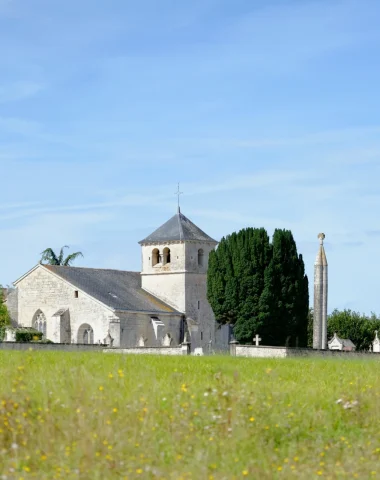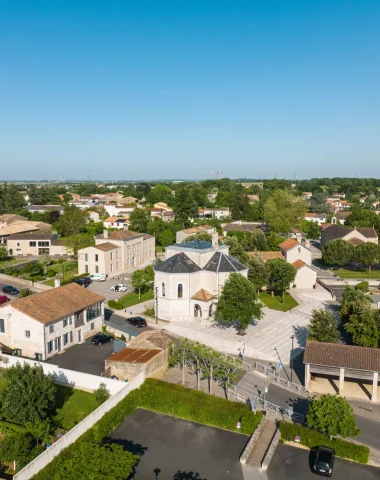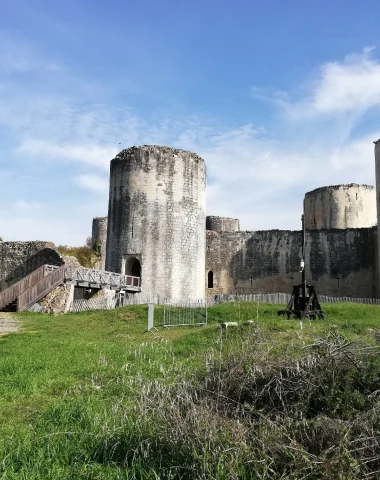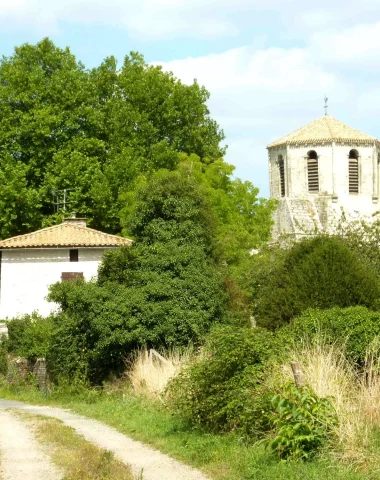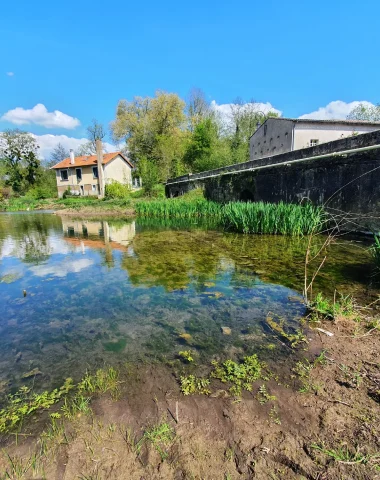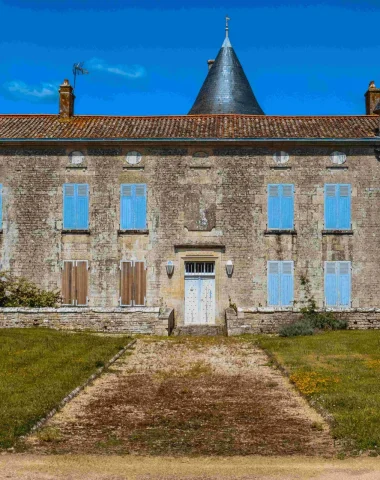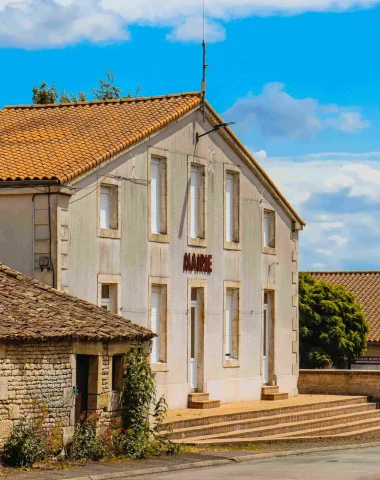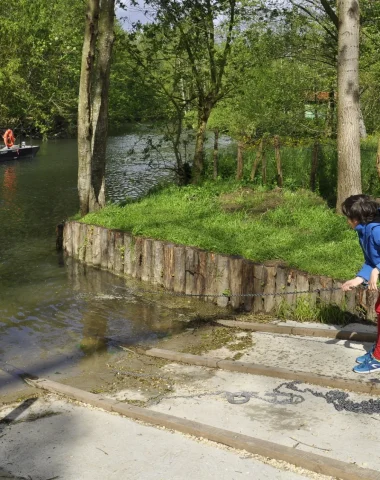Villiers-en-Plaine est un village dont l’histoire témoigne de nombreuses péripéties. À l’origine, Villac aurait été une cité lacustre implantée sur les rives d’un lac disparu. Au Moyen Age, elle prend le nom de Villiers pour devenir au XVIème siècle Villiers-en-Plaine. Le château féodal aurait été érigé au IXème siècle dans le bourg actuel par les envahisseurs normands. Rasé en 1242 sur ordre de Saint-Louis, il sera rebâti au XVème siècle par les Jourdain. Par mariage, il devient la propriété de la famille des La Forterie de 1868 à 1954. Non loin de la salle des fêtes récemment construite, se dresse un parc boisé de sept hectares autour du château, reconstruit au XVIIIe siècle, modifié au XIXème siècle, et abritant aujourd’hui la mairie et l’agence postale. Ses dépendances sont aménagées en espace enfance et ses anciennes écuries accueillent la médiathèque Georges-Louis Godeau. Parmi les nombreux petits commerces de proximité, l’Union vinicole de Villiers-en-Plaine bénéficie d’une renommée dépassant largement les portes du canton. Pour profiter d’un beau panorama sur le pays virollais situé au nord de Niort, il faut emprunter la route de Niort à Coulonges. Se dessine alors la plaine céréalière s’étendant jusqu’à la Vendée toute proche.
Que voir à Villiers-en-Plaine ?
01. Le château-mairie
Devenus les seigneurs de la localité, les envahisseurs normands bâtissent au milieu du IXème siècle un château primitif composé à l’origine de quatre tours crénelées. Sa châtellenie dépendra à la fois de St-Maixent et de Parthenay. En 1242, il est rasé sur ordre de Saint-Louis, car son seigneur Guy de Rochefort est partisan de Hugues de Lusignan, comte de la Marche et allié du roi d’Angleterre. Seules les caves subsistent encore aujourd’hui. Les Jourdain, d’Oriou (St-Maxire), des Forges (Ménigoute) et autres lieux le reconstruit au XVème siècle et le protège de fortifications défendues par la Vieille, Petite et Grande Garde. Le 20 novembre 1566, François Jourdain, qui est au service du duc de Montpensier Jean de Bourbon, échange avec Jean de Laval, baron de Bressuire, la 6ème partie de la baronnie de la Mothe-St-Héray contre la terre et la seigneurie de Villiers-en-Plaine. À sa mort, le fief est attribué à son fils Louis qui en rend hommage à l’abbé de St-Maixent en 1590. Pendant la Révolution française, Charles Jourdain ayant émigré, la demeure familiale est nationalisée, puis rachetée en 1795 par son épouse Renée-Charlotte de Conty. L’actuel édifice, qui conserve la tour du midi, les douves sèches et l’emplacement du pont-levis a été élevé au début du XVIIIème siècle puis a connu des modifications au début du XIXe siècle : une cour d’honneur encadrée par un corps de logis principal et deux ailes. En 1868, le domaine est transmis par mariage à Émile Gaud de La Forterie. À la mort de Charles de La Forterie, il est devenu la propriété en 1954 des Pères de Chavagnes-en-Paillers, congrégation religieuse vendéenne, puis racheté en 1962 par la Ville de Niort qui s’en sert comme centre de loisirs. Depuis 1989, la mairie de Villiers-en-Plaine est installée dans le monument néoclassique qui est rénové vingt-trois ans plus tard.
02. L’église Saint-Laurent
L’église est une des étapes d’un des itinéraires de la voie jacquaire deux-sévrienne. Elle est donnée en 1080 au prieuré bénédictin Saint-Laurent relevant de l’abbaye Saint-Cyprien de Poitiers. L’édifice est rebâti au XVème siècle. Son clocher date du XIXème siècle. Le sanctuaire est le lieu d’inhumation de plusieurs membres de la famille des Jourdain, seigneurs de la paroisse à partir du XVème siècle (voir les épitaphes gravées dans la pierre et ornées de leur blason d’azur au lion d’or.
Autres curiosités à voir :
- La fontaine et le lavoir de la Dent, à Champbertrand, propriété communale, et le prieuré de la Dent du XIIème-XIIIème siècles à Champbertrand (privé)
- L’ancien prieuré Saint-Laurent du XVIIe siècle au bourg (privé)
- À signaler également dans le cimetière, la tombe de Jean Boutin (1786-1871). Artilleur dans les armées de Napoléon, il a parcouru l’Europe entière et a participé à de nombreuses batailles, ce dont témoigne sa pierre tombale en forme de pyramide surmontée d’une croix.

